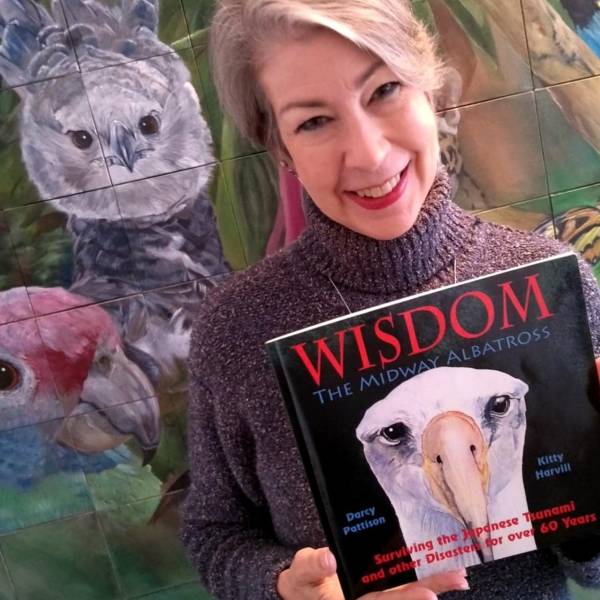| Funded Proposals | Project Leader |
| ACAP Small Grant 2023-01 Skyward heat: thermal signatures revealing population size and productivity in albatross and giant petrel colonies. | Martin Brogger, Instituto de Biología de Organismos Marinos (IBIOMAR-CONICET), Argentina |
| Effectiveness of acoustic monitoring for estimating population trends and recolonisation of burrow-nesting petrels | Richard Phillips, British Antarctic Survey, United Kingdom |
| Potential risks to ACAP species from unregulated fisheries in the southwest Atlantic Ocean | Ana Carneiro, BirdLife International, United Kingdom |
| Disease Risk Analysis of High Pathogenicity Avian Influenza for ACAP Species | Patricia Pereira Serafini, Federal University of Santa Catarina and National Centre for Wild Birds Conservation and Research – CEMAVE/ICMBio/MMA, Brazil |
| Multi-sensor assessment of fine-scale fisheries overlap and bycatch risk of Southern Buller’s Albatross across life history stages | Jonathan Rutter, University of Oxford Department of Biology, United Kingdom |
| Trialling seabird bycatch mitigation measures for Brazilian demersal longline fisheries | Gabriel Canani Sampaio, LAATM-FURG / Projeto Albatroz, Brazil |
| Enabling mitigation measures in the southern Peruvian artisanal longline fleet targeting sharks to reduce the bycatch of albatrosses and petrels | Javier Quiñones, Oficina de Investigaciones en Depredadores Superiores del Instituto del Mar del Perú, Peru |
| Manufacture of a new concept pelagic longline heavy hook to improve line weighting acceptance and seabird bycatch mitigation performance | Nigel Brothers, Unaffiliated, Australia |

 English
English  Français
Français  Español
Español 




